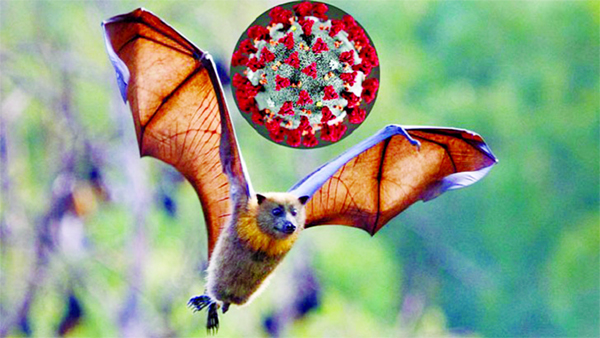
Scientists have discovered six entirely new coronaviruses lurking in bats in Myanmar.
These viruses are in the same family as the SARS-CoV-2 virus that is currently spreading across the globe; but the researchers said the newbies aren’t closely related genetically to SARS-CoV-2 or to the two other coronaviruses that cause severe infections in humans – severe acute respiratory syndrome (SARS), which caused the 2002-2003 pandemic, and Middle East respiratory syndrome (MERS).
The researchers discovered the viruses while surveying bats in Myanmar
as part of a government-funded program called PREDICT to identify infectious diseases that have the potential to hop from animals to humans. And bats are prime suspects, as the mammals are thought to host thousands of yet-to-be-discovered coronaviruses. SARS-CoV-2, which causes the disease COVID-19, is also thought to have originated in bats before taking up residence in humans, possibly taking a detour through some intermediary host first.
Between 2016 and 2018, they collected hundreds of samples of saliva and guano (or bat poop) from 464 bats from at least 11 different species; they sampled at three locations in Myanmar where humans come into close contact with wildlife due to land use changes and recreational and cultural activities – such as guano harvesting for fertilizer.
“Two of these sites also featured popular cave systems where people were routinely exposed to bats through guano harvesting, religious practices and ecotourism,” the researchers wrote in their study published online April 9 in the journal PLOS ONE.
The researchers analyzed genetic sequences from these samples and compared them with genomes of known coronaviruses.

